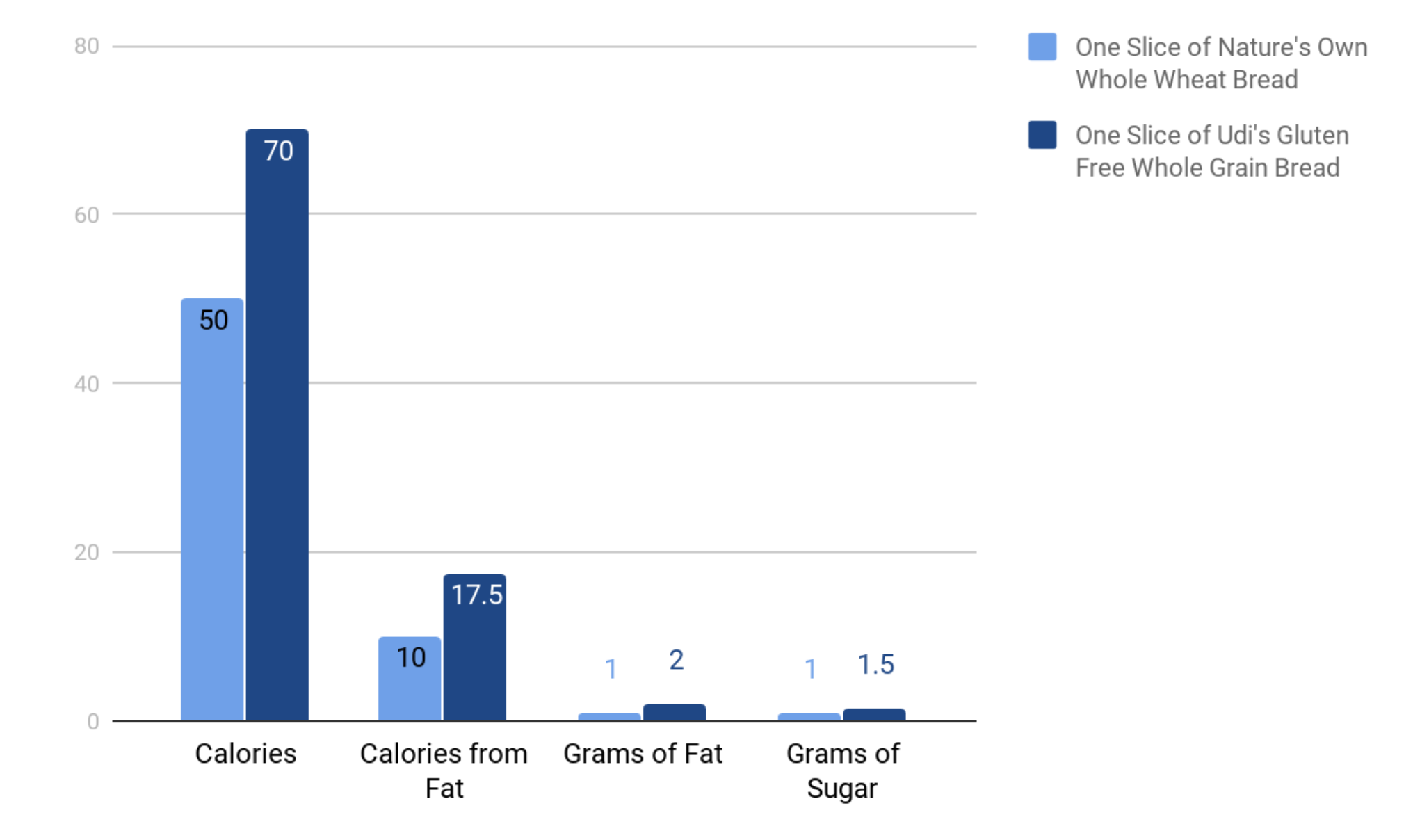Gluten-free diets combat celiac disease
The term “gluten-free” has become a common label on food packages and menus. Chefs no longer come up empty-plated when faced with a gluten-free customer, but rather, provide an array of gluten-free choices. Supermarkets now have aisles full of gluten-free options, and restaurants offer gluten-free meals. There are even companies that exclusively produce gluten-free foods. All of this is because celiac disease, an autoimmune disease, has become more common in recent years. Gluten-free diets are essential for those contending with celiac disease, but may be detrimental for people without gluten sensitivity.
Gluten is a protein found in wheat, barley, rye, triticale, and sometimes oats, and those who have celiac disease cannot consume it, according to celiac.org. This is because gluten damages their small intestines, leaving the body unable to absorb the proper nutrients, according to beyondceliac.org. In addition, when people who have celiac disease consume gluten, it can weaken the body and lead to malnutrition.
A gluten-free diet can have numerous health benefits, including a decrease in gas and bloating, an increase in energy, and it may help with weight loss, according to livescience.com.
There are disadvantages to a Gluten-free diets, including nutrient deficiencies of vitamin B, folate, and iron, according to The New York Times. For those looking to lose weight with their diets, finding gluten-free products that are conducive to weight loss may be difficult. While gluten-free products may seem healthier, they are often higher in fat, sugar, and calories than similar products containing gluten.

Founder and director of the Center of the Celiac Research and Treatment at Massachusetts General Hospital Dr. Alessio Fasano, MD said that going gluten-free is often worse than consuming gluten for those without celiac disease or a non-celiac gluten sensitivity.
“Most people embrace the consumption of gluten-free products such as pizza, pasta, beer, and cookies, and therefore going gluten-free isn’t better for you and in many ways can be worse,” Dr. Fasano said, according to prevention.com.
One percent of the United States population suffers from celiac disease, which is approximately 3 million people. The rise of celiac disease began in the 1950s, but scientists have been unable to fully explain the cause of the disease’s recent increase.
Some scientists speculate that the increase in number of people with celiac disease or gluten sensitivities is due to the recent use of genetically modified grains. Other scientists believe that the influx is due to more awareness and doctors providing better diagnoses. Researchers, however, state that these could not be the sole reasons.
Humans have been eating gluten for at least 10,000 years. However, recently there has been an influx of celiac disease, non-celiac gluten sensitivity, and people who simply choose to eat gluten-free products, according to newyorker.com. Sales of gluten-free products reflect this, as they increased worldwide from $11.5 billion in 2011 to $23 billion in 2014.
Sacred Heart Greenwich senior Bettina Hervey’s doctor diagnosed her with celiac disease in third grade, and she has maintained a gluten-free diet since. She expressed her appreciation of the increased availability of gluten-free products.
“The growth of the gluten-free industry has been so helpful,” Bettina said. “When I was first diagnosed with celiac disease, gluten-free diets were a fad, so lots of companies began to sell gluten-free products. The gluten-free-fad has faded since then, but luckily companies have continued producing gluten-free products.”
Celiac disease now affects four times as many people as it did in 1950. While the cause had been inexplicable for over 50 years, professor of medicine at the Mayo Clinic and president of the North American Society for the Study of Celiac Disease Dr. Joseph A. Murray and his colleagues published their discovery of a factor in the increase of celiac disease diagnoses July 1, 2009, according to newsnetwork.mayoclinic.org.

Dr. Murray analyzed blood samples of 9,000 Air Force recruits that the Air Force took between 1948 and 1954. Although Dr. Murray was expecting to find that one percent of the recruits suffered from celiac disease, he instead found that only two-tenths percent of the recruits’ blood samples tested positive.
Comparing the results to recent blood tests of 20-year-old and 70-year-old men, he found that in both age groups, 1 percent of the population had evidence of celiac disease present in their blood tests. Dr. Murray concluded from his tests that the number of people with celiac disease has been increasing since 1950 in multiple generations. This implies that the cause is environmental, although he is unsure what is exactly the environmental cause.
Different researchers and scientists have given explanations of why celiac disease has increased recently, including bacteria growth in the intestines, according to threebakers.com. There is, however, no explanation on which all scientists agree.
Dr. Murray and other researchers, however, are still unable to determine why there has been such an increase of people who choose to eat gluten-free. Although the cause for the growth of the number of people who eat gluten-free remains unexplained, scientists do know that unless a person has been diagnosed with celiac disease or experiences non-celiac gluten sensitivity, it is healthier to eat products containing gluten rather than to avoid them.










